Don't wanna be here? Send us removal request.
Text
“EARTH PROVIDES ENOUGH TO SATISFY EVERY MAN'S NEED BUT NOT ANY MAN'S GREED.” – MAHATMA GANDHI
I’m Gargi Gosavi a student at NIFT, Gandhinagar. Fashion is something that has always fascinated me since I was a teenager. I made sure I had the trendiest outfits. Back then buying things from H&M, Zara and other fast fashion brands didn’t matter as much as it does now after knowing the back story of the fast fashion brands. Coming to NIFT was like a dream come true. While doing my research for the course I want to apply for textile design was something which caught my attention. After high school, I gave my entrance exam and here I'm today in Gandhinagar. Learning the subject of Fashion Basic has changed my perspective towards fashion.

It was my first time when I was presenting. My anxiety had reached the peak. I was not very confident about myself that time. My first presentation was on “fashion according to you” my topic for this presentation was the Nike Air Jordans and Air Force which we all know are trendy. In my presentation I talked about their history, price, different types of Jordans, Air Force and how people take care of them like their own babies. On the very first day, we were told about our mid term assignment, which was to dress up reflecting our traditions and state we belong to. Coming from Maharashtra and being a Maharashtrian I was wearing a Nauvari saree(nine yard saree) which I sourced from my sister in law. I was wearing all the traditional Maharashtrian accessories from head to toe.In my presentation I spoke about the history of nauvari saree ,textiles, food, culture and festivals of Maharashtra. These presentations helped me become confident about myself.
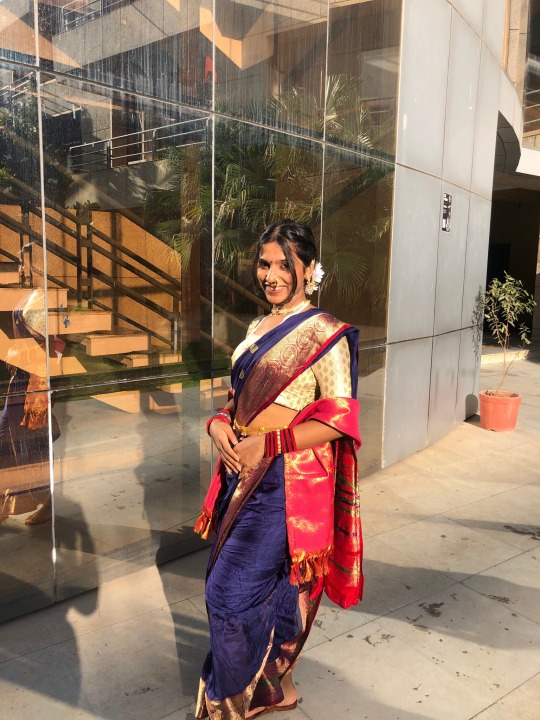
Fashion changed my perspective
It’s tempting to turn a blind eye in front of such flashy offers, but the planet can’t take it anymore!
If you��re used to buying clothes without questioning how they were made, acknowledging these fast fashion facts can be the first step towards making an actual change.
I now have realised that fashion is not only about clothes and looking fashionable. It may look very glamorous from the outside but it has a dark side that very few people are aware of. We had a debate in our class on slow fashion and fast fashion which changed my perspective. Buying clothes from fast fashion brands will make you look fashionable but how about the damage it’s creating to the environment? We don't even know that the people working for these brands are even safe. Are they paid well? We all are aware of the Rana Plaza collapse in Bangladesh where around 1136 people lost their lives and 3120 people were injured. The conditions where the people are working for these brands are unsafe and promote child labour. Millions of children are forced to work in terrible conditions for the clothing we wear. We don’t even know that the women working for the clothes are even safe. We all wear clothes even if we’re not necessarily lovers of fashion but we all are responsible for the transition to this flourishing fashion industry. The materials these brands use are harmful to the environment.Fast fashion is responsible for 20-35% of ocean microplastics Another problem with polyester and synthetic fabrics is that every time you wash them, they’ll release between 700 to 4000 plastic polyester per gram.These end up in the ocean, fish bellies, and… yep, yours too if you eat seafood. Polyester now has been found in breast milk as well. Can you imagine how much worse the situation is? Fast fashion clothing relies upon planned obsolescence unlike durable vintage or ethical clothes. These items are designed to fall so that the consumers like us will keep buying new items regularly.
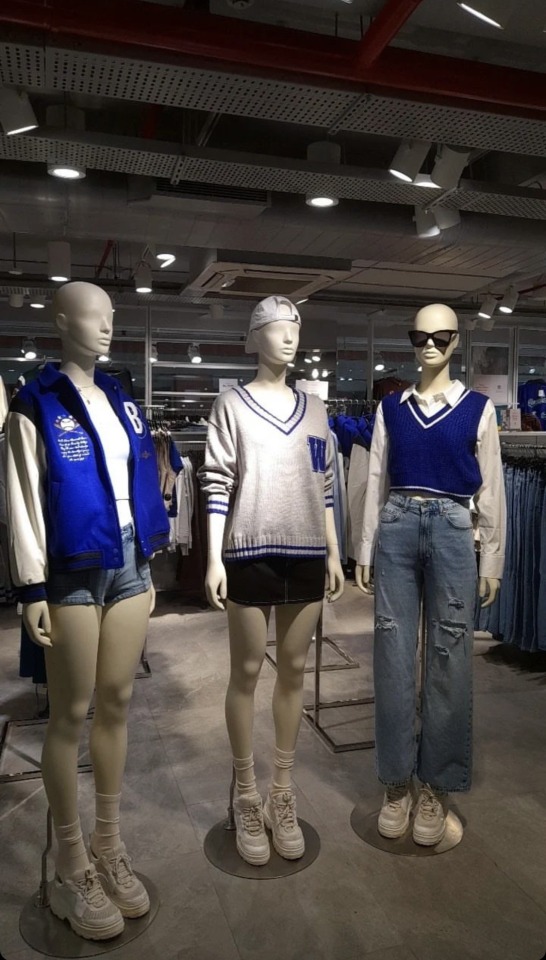
Can we bring change as Gandhiji did?
Let me take you back to the time when Gandhiji started a Swadeshi Movement a movement designed to boycott imported goods and production. The citizens of India burnt all the clothes which came from the UK and started to make their clothes using the charkha. Khadi cloth became the heart of this strategy when Gandhi asked every man and woman to plant and harvest their materials for the yarn needed to create Khadi fabric. He also asked everyone, whether rich or poor, to spend time each day spinning Khadi. People of all classes came together to do as Gandhi asked, and their efforts helped the country in its bid to become self-sufficient. Entire villages adopted the movement, weaving their way to economic freedom through fashion. Let’s support our artisans and our culture by following slow fashion.
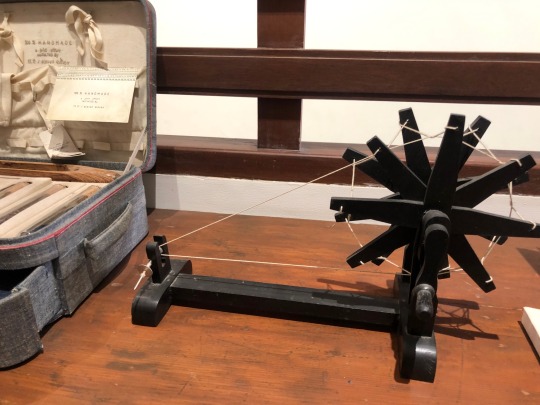
Do slow-fashion items last longer?
Items from my grandmother and even my mother when she was young are still in pristine shape. I can not say the same for the items I bought some years ago from fast fashion brands. Why? Have you ever heard of planned obsolescence? If the stitching is not good, if the materials are not great, the piece will not stand washing and wearing. And so, eventually will not be good to be worn. Now, you need to buy a new piece, and here we go again. This is easy math, high quality = longer-lasting item. Slow fashion items are long-lasting so you can wear them as long as your heart desires. In the end, it is cheaper to purchase a more expensive item. It is a win-win for you and the environment.After the debate, I was thrilled after knowing the damage fast fashion brands are creating in the environment and that the people working for these brands are miserable and unsafe.
How You Can Make Sustainability Stylish
One of the biggest drivers of fast fashion – and its associated waste – is the consumer. After all, no one wants to be stuck wearing outdated outfits. But if you extend the life of your clothes by just nine months, you can reduce the environmental impact by as much as 30 per cent. By getting creative with your closet, you can make a difference just like I did in lockdown I had nothing to do so I used to experiment with my brother's clothes. He had a black old t-shirt which he wasn’t using anymore so I decided to make a top for myself by cutting and splitting the tshirt into two halves, folding &twisting it around my neck and chest and creating a pattern in itself. The other top was a normal top where I stitched straps of the remaining fabric and made it a tie-around crop top.



Know what would trend in future
As a beginner in the design industry the fact that we can predict what will trend in future surprised me. I didn’t know something like this existed until I learnt about fashion forecasting.
Fashion forecasting is something that focuses on upcoming trends. Prediction of the colours, textures, fabrics, style, beauty, etc that will be presented on the runways and in upcoming seasons.
Is polyester the new Khadi?
During the pre-independence period people started to use the hand-spun cloth that remains warm in winters and cool in summers. We visited Reliance Trends to see their winter collection and overall clothes. One thing which we noticed was that none of the sweaters had wool as their material. 90-95 per cent polyester was used in sweater. Polyester is a performance textile, used in activewear, athleisure, etc. Polyester is used everywhere and is recyclable. We all know how harmful this fabric is and when I saw the amount of polyester each and every clothing item contained I was stunned! The traditional wear and the kids section clothing was mainly made using cotton. They also had the sustainable denim.
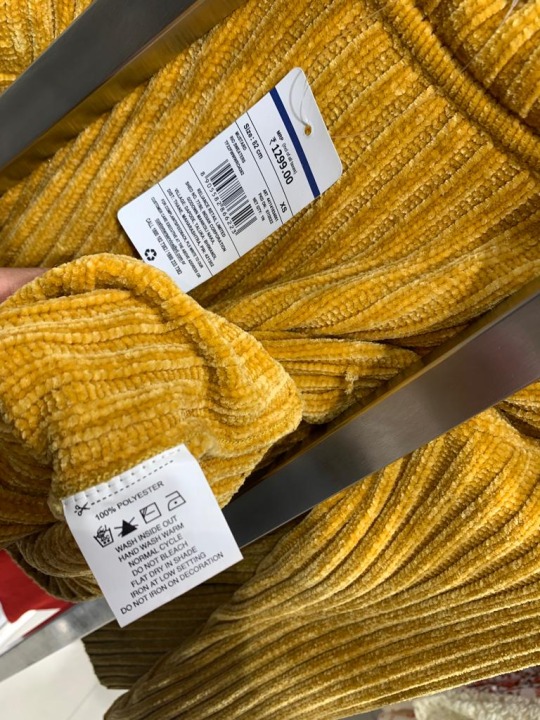
Reviving our handloom heritage
An exhibition of the artist weaver Rajen Chaudhari was organised by CEPT University in Ahmedabad. He was a student at JJ School of Arts, Mumbai. Having interest in textiles, he went to different places in India where he could learn how to use a handloom weave. He practised hand spinning and hand weaving for a very long time. His work was stunning which had patterns using the weave, very intricate and each one of them was unique in its own way. He transformed his paintings and sketches into weaves. There was a handloom weave and a spinning wheel kept where a lady showed us how it is functioned. The process involves entwining a set of vertical threads, the wrap with a set of horizontal threads, the weft.
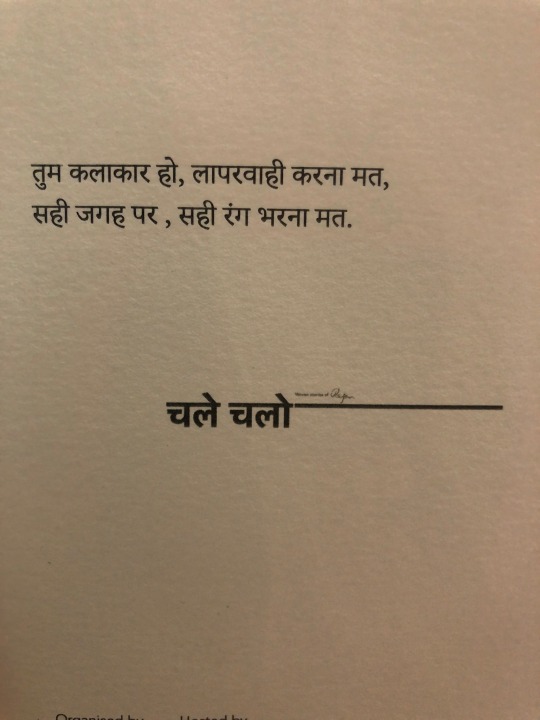
The second visit was to Kasturbhai Lalbhai Museum. Kasturbhai Lalbhai was one of the pioneering Industrialists of pre and post-independent sage of India. One can see the vast panorama of Indian art history ie. Mughal, Rajput, Pahari, Bengal school – early modern and contemporary art, all under one roof is unique. Inside the house, which is now the museum there was a beautiful collection of old paintings using natural paints, betels used for the emerald colour on the gold foil, watercolours, etc. The artist back then made every painting/artwork meticulously. I was speechless after seeing those paintings which were done so thoughtfully and with intricacy. The furniture on which the exhibition was displayed was designed by the students of NID.
The next place was the White on White exhibition of Mr Asif Shaikh who is one of India’s most accomplished and acclaimed embroidery and textile artist. He’s on a 5 yr project which he started back in 2020 in which he is making 100 textiles out of which 37 are done with the help of Indian artisans. These 37 textiles were an introduction to his new collection. We could see the efforts he had put into fabricating those textiles. All the designs were very unique and were from different regions of India. His work astonished and inspired me.
The next exhibition was of Arvind Indigo museum where it has opened a world of possibilities for unexplored surfaces such as metal, stone, paper, leather, polyester fibre, glass, and wood, among others.

Knowing the bitter reality of the fast fashion industry I’ll make sure to follow sustainable fashion as much as I can. And lastly I would like to conclude by extending my heartiest gratitude to Miss Neha Kedia and NIFT Gandhinagar for providing us this opportunity and opening windows of exportation through this educational visits and giving us a glimpse of industry life.
4 notes
·
View notes